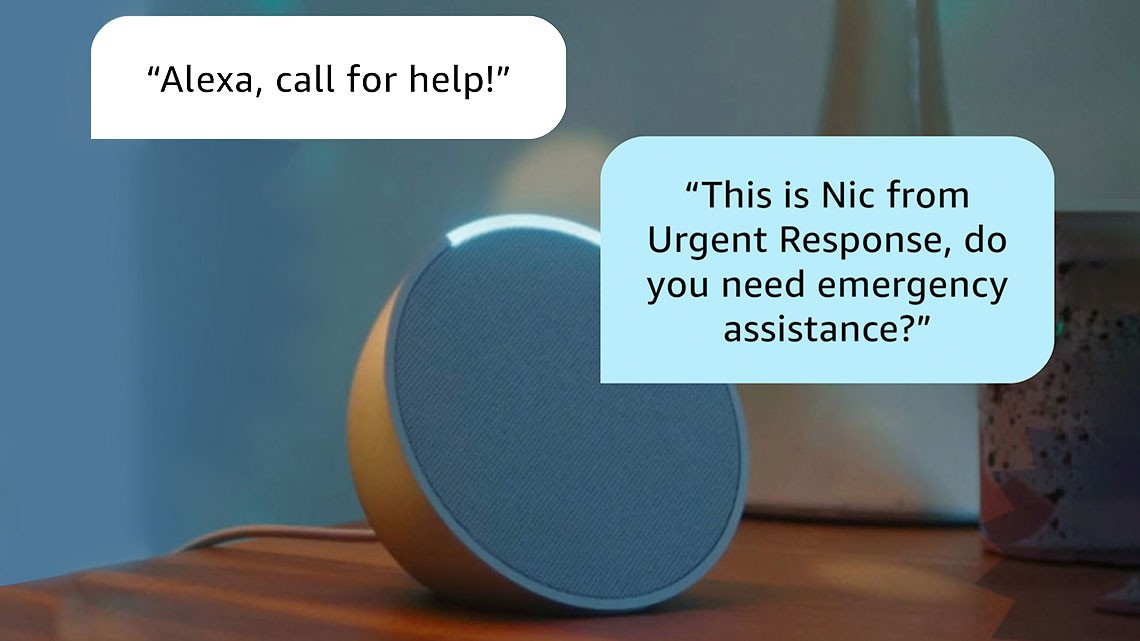Staying Fit


There are 48 million unpaid caregivers in the U.S. — and the number keeps growing. As Nancy LeaMond, AARP chief advocacy and engagement officer, notes in Fixing America’s Caregiving System, “Almost everyone is either going to be a caregiver or will need care at some point in their life.”
The family caregivers profiled here, some of whom are currently taking care of a loved one or friend, or who did so in the past, found ways to take their hard-fought wisdom and use it to benefit others in need.


AARP Membership— $12 for your first year when you sign up for Automatic Renewal
Get instant access to members-only products and hundreds of discounts, a free second membership, and a subscription to AARP the Magazine.
Sen. Maggie Hassan, 65 (D-N.H.), original cosponsor of the Better Care Better Jobs
The Better Care Better Jobs bill would enhance funding for home- and community-based care.
Caregiver for: Her son, Ben, 35, who has cerebral palsy and lives with her and her husband, Tom
“We have a team who has helped us, but we have more often than not been the night shift for caregiving. And if a nurse calls in sick or a respite worker can’t come, Tom or I or our daughter are going to be the people who take care of Ben [in the daytime]. It does make you realize how tenuous the situation can be. It’s one of the things that’s really helped me focus on policy that would stabilize the system. There is growing recognition that this is not just good for people and respects people’s independence, but it is essential as we work to stabilize our health care system and grow our economy.”
MaryClare Feighan, 69, founded a caregivers’ support group in Eugene, Oregon
Caregiver for: Her husband, who has spinal stenosis, fibromyalgia, osteoarthritis and deteriorating vision
“Isolation is a huge problem with caregivers. Every one of us expresses gratitude on a regular basis for having this group. Each of us has learned new ways to approach difficult conversations in caregiving. There’s such a great need. It would be really lovely if our government could appreciate the amount of time and energy that caregivers put in, because we’re keeping our spouses alive and out of more expensive medical care.”
Xavier Becerra, 65, Health and Human Services secretary
Caregiver for: His parents
“In 2017, I decided to make sure we got a house so we could have my parents move in with us. For those last few years that my dad was alive, we became his caregivers, especially during his last six months to one year during hospice care. My wife and I are very fortunate that we are able to afford it, because most families can’t. In fact, many families do it even though they can’t afford it because there is no choice.




































































More From AARP
The Emotional Toll of Being a Caregiver
Communities need to come together to lighten the stress many feelA Watchful Eye and a Willing Ear for an Older Adult
Not all aging loved ones need medical help. For some, a care companion could be the right fitBruce Willis’ Wife: ‘Hard to Know’ If He Understands His Condition
Emma Heming Willis gave 'Today' show an update on husband’s frontotemporal dementia